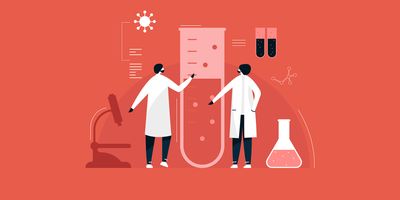Fume Hood Safety and Sustainability
Fume hoods are essential to lab safety, but they are also some of the most significant drivers of energy consumption in the lab. While there are ways to make a lab more environmentally friendly without necessarily sacrificing safety, such as the use of ductless fume hoods, these opportunities are often passed over due to false assumptions about what the lab needs based on legacy processes and tradition. Consequently, many labs lose money and are held back from reaching sustainability targets as they only consider the use of ducted fume hoods over ductless.
This seven-part series explores the benefits of ductless fume hoods in terms of safety and sustainability, along with what buyers should know about ductless fume hoods and how challenging the status quo can drive innovation.
Series Sponsor


















